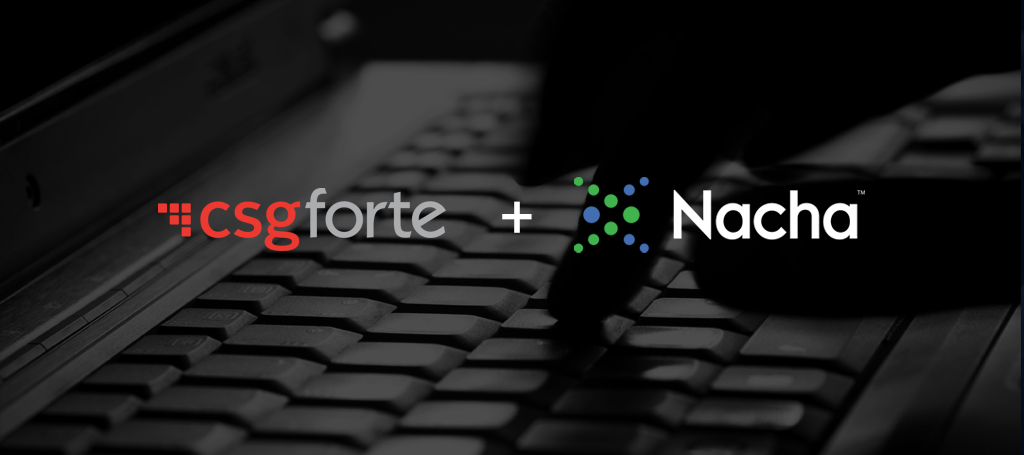A Mid-Year Outlook of the Payments Landscape
We’re halfway through 2023 and it’s amazing how much has changed these past 6 months, both in terms of the business landscape and the current economic environment.
Before heading into the second half of the year, I think it’s important to pause and look at how the payments industry is continuing to transform. Here are some of the emerging payments trends that businesses should keep tabs on to set themselves up for success.
1. Personalizing the Payments Experience Drives Customer Loyalty
Companies need to offer personalized experiences to stay relevant, especially when you consider that 76% of consumers get frustrated by businesses that don’t offer personalized experiences.
Payments may not be top of mind when you think of how to personalize a user experience but it’s an integral part of the customer journey. According to a 2022 survey, 91% of consumers indicated a satisfying checkout experience influences whether they will buy from that merchant again.
How do you personalize the payment experience? By letting customers pay when and how they want to pay. Offering convenient, preferred digital payments channels is essential, and is becoming more so. In CSG’s State of the Customer Experience 2023 Report, we found that digital communications sent through CSG increased 15.6% year-over-year in 2022.
Offering preferred digital channels may mean leveraging text-to-pay technology, which lets customers simply respond with a text message to make a payment, or letting customers schedule an automated phone call to complete a purchase. It could also mean printing QR codes on billing statements to make going online to pay that much easier. Not only is this a better customer experience, but your company is likely to see lower payment abandonment.
By offering a personalized payments experience, businesses are also building brand loyalty with their customers. Oftentimes we think of loyalty programs as discounts or special perks, but loyalty extends throughout the entire buying process—including completing a payment. By making payments frictionless, personalized, and convenient, companies can increase customer lifetime value and reduce payment abandonment.
2. Embedded Payments Remain Paramount
The best payment experience is the one you don’t even think about. It’s so seamless that you don’t notice it at all. This is where embedded payments come into play and it’s essential that organizations offer the payment options consumers are expecting.
Your checkout page can be a balancing act—you’re trying to offer consumers the payment options they want but you don’t want to overwhelm them with choices.
When determining which payment choices to offer, lead with how people want to pay and what is easiest for them. This includes payment methods like Apple Pay, Google Pay, and PayPal. To make payments even more seamless, you could consider offering social media sign-on, which was identified as a top checkout feature that enhances customer satisfaction.
——————————————————————————————————
RELATED WHITE PAPER: 3 Steps to Ensure Payments Security
——————————————————————————————————
3. Security, Security, Security
We’ve said it before and we’ll say it again. All parties in the payments process are concerned about security. As payment methods evolve, so do cyber criminals and it’s critical that organizations work with a payments provider that offers the latest in payments security.
At CSG Forte, we recommend following sound security best practices and leveraging solutions that reduce PCI scope. Best practices include end-to-end (E2E) Encryption, tokenization, and two-factor authentication.
Using secure solutions can also greatly reduce risk. For in-person payments, Point-to-Point Encryption (P2PE) is the gold standard in PCI compliance. The trailblazing P2PE process creates a secure connection between devices, or components within devices, preventing possible sensitive data from being exposed at any point while it moves across a network. P2PE reduces the likelihood of PCI compliance breaches—and correspondingly drops the number of self-assessment questionnaire questions from over 300 to around 30. This means you can raise the bar on security but dramatically lower the compliance audit burden.
Another way for an organization to reduce fraud risk is to leverage an authentication solution. When using an authentication solution, you can easily confirm account ownership information (including full name and business name) to secure your ACH transactions. This helps ensure payment accuracy and reduces fraud potential.
A good payments processor will also have solutions that reduce your PCI scope. For example, call centers can greatly reduce their PCI scope by texting or emailing a link to a customer to complete payment, as opposed to having a customer service representative manually take sensitive payment information over the phone.
As the payments landscape and consumer preferences continue to evolve, it’s important that your business works with a payments solution provider that offers the latest in secure payments technology. At CSG Forte, we are dedicated to providing solutions that help your business prepare for the future. Contact us to learn how we can be a valuable partner to your business today.



